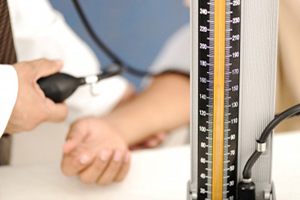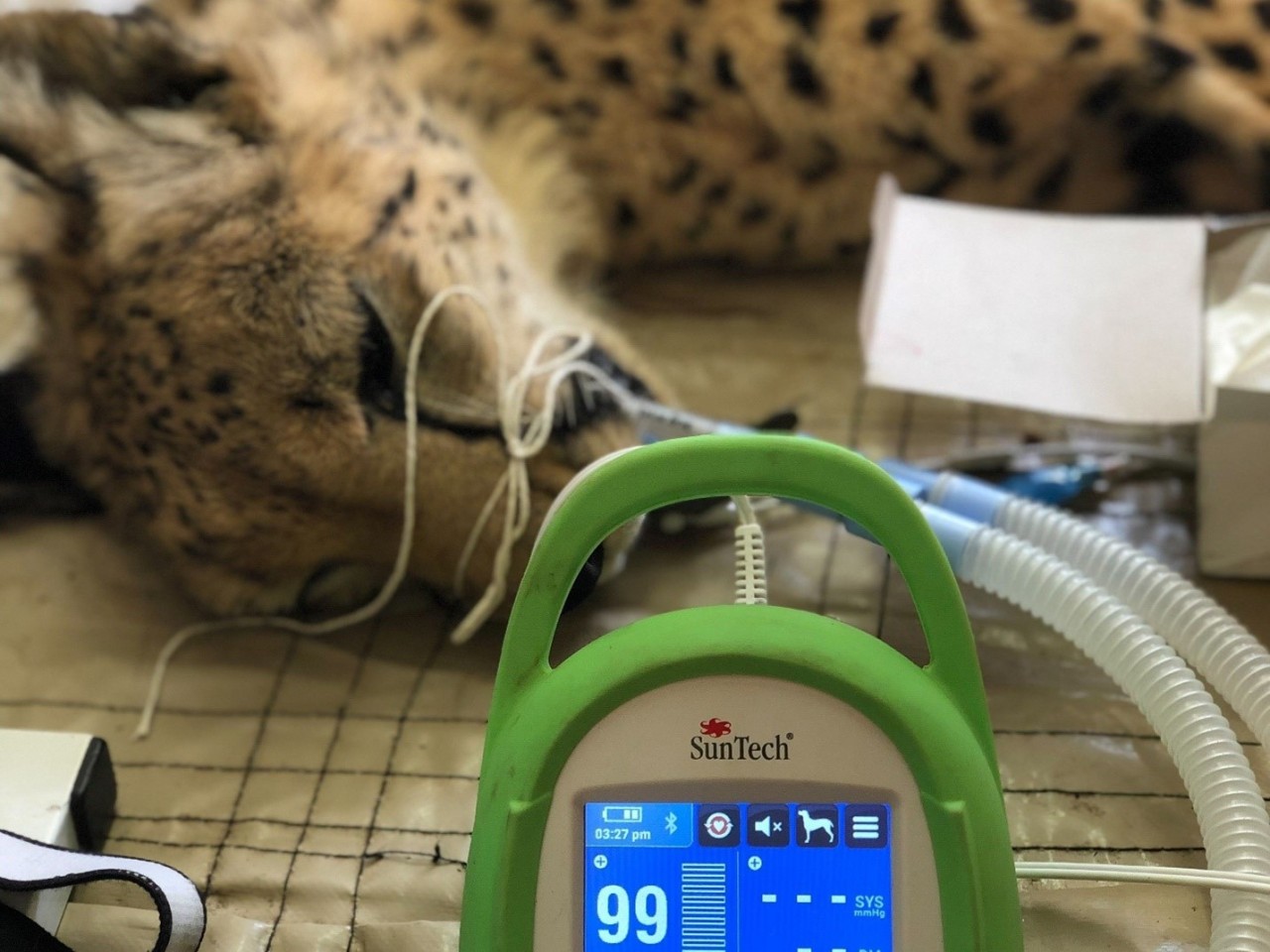![]()
Blog @ SunTech
Advice from the BP Measurement Experts
Deflating Expectations
 We’ve written quite a bit here on the SunTech blog about BP technique. And guess what? We’re going to talk about it again! Maybe it’s not the most fascinating topic in the world of non-invasive blood pressure, but I think there are few as important to the successful treatment of high blood pressure. I must not be the only one, because studies that look at blood pressure technique continue to be published at a pretty good clip.
We’ve written quite a bit here on the SunTech blog about BP technique. And guess what? We’re going to talk about it again! Maybe it’s not the most fascinating topic in the world of non-invasive blood pressure, but I think there are few as important to the successful treatment of high blood pressure. I must not be the only one, because studies that look at blood pressure technique continue to be published at a pretty good clip.
One of the more recent ones is aptly titled, “Blood Pressure Monitoring Technique Impacts Hypertension Treatment”. Authored by Ray et al and published in the Journal of General Internal Medicine, this study compared the way that BP’s are normally taken during triage check-in on a population of 40 patients at the New Mexico Hospital Adult Internal Medicine Clinic. A study investigator observed the technique used by the clinician, and then took the patient’s BP using the AHA recommendations for blood pressure measurement published in 2005.
Variances in the triage technique from the AHA recommendations were documented, as well as differences in blood pressure readings. The study found, somewhat unsurpringly, that individual BP measurements varied greatly between the two methods, and that multiple technical errors were seen using the uncontrolled triage technique. And while the authors reported a plethora of technical non-adherence to ten of the AHA’s recommendations—from not measuring on both arms, to placing the cuff over clothing, to applying the wrong-sized cuff, and more—I was shocked to find that the study authors failed to include one of the most important recommendations: cuff deflation rate.
The AHA recommendations state that, “The cuff should initially be inflated to at least 30 mm Hg above the point at which the radial pulse disappears. The rate of deflation has a significant effect on blood pressure determination. Deflation rates >2 mm per second can lead to a significant underestimation of systolic and overestimation of diastolic blood pressure…It is recommended that a deflation rate of 2 to 3 mmHg per second (or per pulse when the heart rate is very slow) be used.”1
Okay, now it’s time for an anecdote. On a recent visit to the doctor’s office, a nurse escorted me to the exam room and proceeded to take my blood pressure as usual. She deflated the cuff so amazingly fast, the sphyg needle was practically a blur. I had been taking my BP’s at home and at work for a while so I had a good idea of what my BP should have been, but after her speed reading she calmly reported systolic and diastolic readings that I knew were each off by double-digits.
To be fair, it’s not just that particular nurse. While she may have a particularly aggressive deflate style, virtually every clinician I’ve ever observed—doctors included—deflate faster than 2 to 3 mmHg per second. So I was somewhat shocked to discover that Ray et al did not include deflation rate in their study, or even say whether or not the study investigators adhered to the 2–3mmHg rule! I applaud their efforts, and firmly believe that more research like it should be done.
But next time, please include deflation rate.
1 Pickering TG, Hall JE, Appel LJ, et al. Recommendations for blood pressure measurement in humans and experimental animals. Part 1: blood pressure measurement in humans. A statement for professionals from the subcommittee of professional and public education of the American Heart Association council on high blood pressure research. Circulation. 2005; 111:697-716.
Interested in getting more SunTech news, product info, as well as
tips, tricks, and insights from BP experts?
Sign up to get fresh content delivered direct to your inbox.


